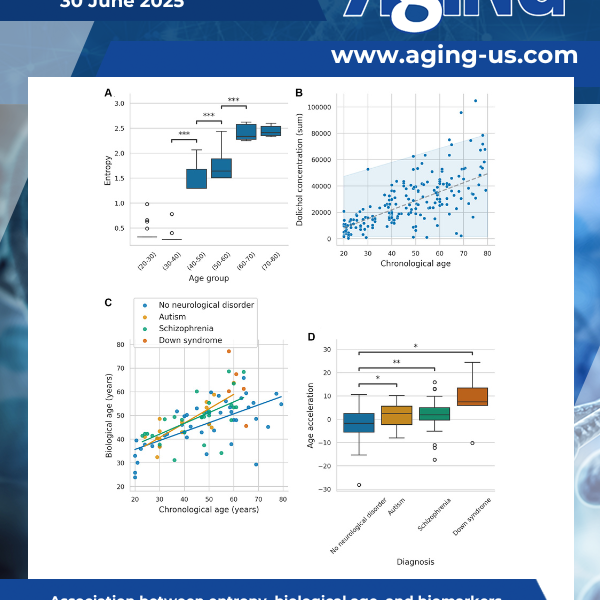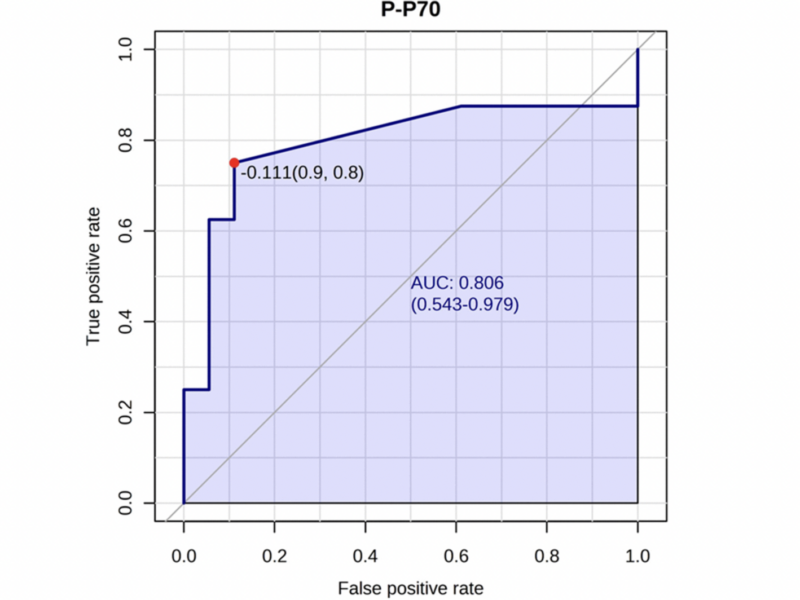A new research paper was published in Volume 17, Issue 9 of Aging-US on August 22, 2025, titled, “The impact of long-term social housing on biconditional association task performance and neuron ensembles in the anterior cingulate cortex and the hippocampal CA3 region of aged rats.”
Aging (Aging-US) Authors

A new research paper was published in Volume 17, Issue 8 of Aging-US on August 6, 2025, titled “Age-related trends in amyloid positivity in Parkinson’s disease without dementia.”

This study introduces DoliClock, a lipid-based biological aging clock designed to predict the age of the prefrontal cortex using post-mortem lipidomic data. Significant age acceleration was observed in autism, schizophrenia, and Down syndrome.

PRESS RELEASE: A new research paper was published in Aging (listed by MEDLINE/PubMed as “Aging (Albany NY)” and “Aging-US” by Web of Science), Volume 16, Issue 14 on July 26, 2024, entitled, “mTORC1 activation in presumed classical monocytes: observed correlation with human size variation and neuropsychiatric disease.”
